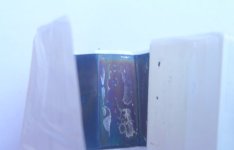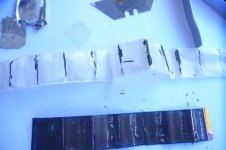whatever
100 kW
- Joined
- Jun 3, 2010
- Messages
- 1,297
I'm surprised large lipo cells aren't made with connections for flushing the cells.
I'm just experimenting a bit, it would be good if new electrolyte was readily available. The problems with moisture getting in the cells though is going to make it unlikely any diy kits will come out, its certainly in the reach of serious diy people to do it though.
I'm just experimenting a bit, it would be good if new electrolyte was readily available. The problems with moisture getting in the cells though is going to make it unlikely any diy kits will come out, its certainly in the reach of serious diy people to do it though.












